Guidelines recommend regular breaks from prolonged sitting, and at team BeUpstanding, we encourage breaks at least every 30 minutes. Here are some activities that you can do at your desk to help combat some of the impacts of prolonged sitting.
Individuals who sit for a prolonged amount of time tend to have rounded shoulders, tight neck muscles, and have back pain and this is known as upper-crossed syndrome. Balciuniene et al. discuss that there is an imbalance with your upper body muscles like your upper trapezius, levator scapula, and pectoralis major and minor, since these dorsal and ventral muscles cross, which create a pattern of joint dysfunction leading to spinal stress and poor posture. These features of having a forward head posture and thoracic kyphosis, excessive upper back curvature, to name a few, leads to poor shoulder stability and mobility, especially at the glenohumoral joint in your shoulder. This causes an overactivation of some muscles like your levator scapulae and upper trapezius to try to maintain body alignment. Kim et al. (2016) determined that postural pain syndrome can be a result from upper-crossed syndrome and poor posture due to prolonged sitting. Lee et al. (2017) discussed that incorporating exercises using stretching aids like a foam roller and stretches of the chest, back, and shoulders assists in correcting forward head posture and rounded shoulder posture.
Having a slouched posture due to prolonged sitting may negatively affect your rotator cuff muscles, which are your supraspinatus, infraspinatus, teres minor, and subscapularis muscles. Prolonged sitting causes your rotator muscles to stiffen resulting in your body trying to compensate for the misalignment . This may result in neck pain due to the nerves in your arm, brachial plexus, being compressed, as discussed in Singla and Veqar (2017). Also, the chronic slouching gradually weakens your back extensor muscles, which are responsible for keeping your body erect.
Foam rollers and resistance bands are excellent tools to have at hand, while at work or at home. Self-myofascial rolling (SMR) helps relieve muscle tightness and soreness, especially from prolonged sitting. Multiple exercises can be conducted to relieve your back or leg muscles, but this article will demonstrate one used for your shoulder and latissimus dorsi muscles. Also, resistance bands are a quick and effective way to apply resistance to your stretches to activate your muscles, especially from not using them for periods of time.
An important detail to keep in mind is that you have pairs of muscles that perform opposite movements when you do a certain action, for example, as you contract your pectoralis muscles, your back muscles lengthen, and vice versa. With that being said, if your posterior neck and shoulder muscles, for example, are strained and overactive from having upper-crossed syndrome, then your pectoralis muscles become tight and shortened.
Below are some of the multiple exercises that you can do at your desk, office, or room to help with any neck, shoulder, or upper back pain from prolonged sitting:
Doorway Stretches (stretches pectoralis muscles and deltoids)
- Grab onto a door frame and place hands on both sides
- Lead forward progressively feeling the stretch on your back and shoulders
- Repeat stretch about 10 times for 5-10x repetitions
Single Arm Chest Opener (Stretches pectoralis muscles)
- Hold onto doorway with one hand
- Turn hips and rotate torso away from the door frame to hold stretch
- Hold stretch for 5-10 seconds and repeat 5x
Subscapularis Stretch (stretches subscapularis muscle, part of rotator cuff)
- Raise one arm and flex to 90° and place on doorframe
- Lean forward as much as possible while gripping doorframe and repeat
Child’s Pose Stretch (Stretches latissimus dorsi and deltoid)
- Perform exercise on an elevated surface at your desk chair or on the floor
- Start on knees and place arms on surface
- Bring hips back and lower your torso and forehead to the ground
- Hold stretch for about 15 seconds and repeat 3x
Child’s Pose Stretch with Foam Roller (stretches latissimus dorsi and deltoid)
- Same as above but place one arm over the foam roller with thumbs pointed towards the sky
- Sit back onto heels as you move forward and backward to stretch your latissimus dorsi and shoulders
Single Arm-Wall Angels (stretches shoulders)
- Press entire back against a wall and rotate arms so dorsal part of your forearms and hands press into the wall
- Slowly raise arm above your head to full extension, while maintaining contact with the wall
- Repeat 10-15x
- Avoid arching your back, protruding your neck, lifting your hips, or rushing through the movement
- Increase the intensity of the stretch by conducting stretch with both arms
Thoracic Rotations (mobilizes upper back)
- Place hands behind your head in a seated or standing position
- Rotate your torso to either side and perform movement for a couple seconds and repeat or other side, while keeping your hips stable
- Targets your upper back muscles
Resistance Band Exercises
Scapular Retraction (stretches scapular muscles and rear deltoids)
- Grab both ends of the resistance band
- Raise arms to shoulder height
- Pull band apart as far as you can and repeat
Pass Throughs (mobilizes shoulder and pectoralis muscles)
- Grab both ends of the resistance band
- Raise arms to shoulder height
- Extend arms behind head as far as possible and bring band to front of torso and repeat
Overhead Band Pull Aparts
- Raise arms overhead with resistance band gripped at both ends
- Pull band apart as much as possible and returning to overhead resting position and repeat
Elevated Push-ups (mobilizes upper back and shoulders)
- Place hands on elevated surface shoulder-width apart
- Lower down, while elbows are kept close to your side
- Push back up and repeat
Cervical Neck Stretch (stretches neck, shoulder, and triceps)
- Place hands behind head and bring elbows together
- Place elbows against the wall and bring torso closer to the wall as you drive your elbows up against the wall
- Reach as far up as possible and return back down to resting position and repeat
This blog and videos were written and filmed by one of our outstanding BeUpstanding students, Brian Gutierrez, as part of his placement with the BeUpstanding team.
References
Balciuniene I, Jackson K, Hampton L, Costa J. Upper-Crossed Syndrome [Internet]. Physiopedia. Available from: https://www.physio-pedia.com/Upper-Crossed_Syndrome
Kim E-K, Kim JS. Correlation between rounded shoulder posture, neck disability indices, and degree of forward head posture. Journal of Physical Therapy Science [Internet]. 2016;28(10):2929–32. Available from: https://www.ncbi.nlm.nih.gov/pmc/articles/PMC5088155/
Lee DY, Nam CW, Sung YB, Kim K, Lee HY. Changes in rounded shoulder posture and forward head posture according to exercise methods. Journal of Physical Therapy Science [Internet]. 2017;29(10):1824–7. Available from: https://www.ncbi.nlm.nih.gov/pmc/articles/PMC5684019/
Lee ST, Moon J, Lee SH, Cho KH, Im SH, Kim M, et al. Changes in Activation of Serratus Anterior, Trapezius and Latissimus Dorsi With Slouched Posture. Annals of Rehabilitation Medicine [Internet]. 2016 Apr 1 [cited 2021 Nov 2];40(2):318–25. Available from: https://www.ncbi.nlm.nih.gov/pmc/articles/PMC4855127/
Singla D, Veqar Z. Association Between Forward Head, Rounded Shoulders, and Increased Thoracic Kyphosis: A Review of the Literature. Journal of Chiropractic Medicine. 2017 Sep;16(3):220–9.
![]()

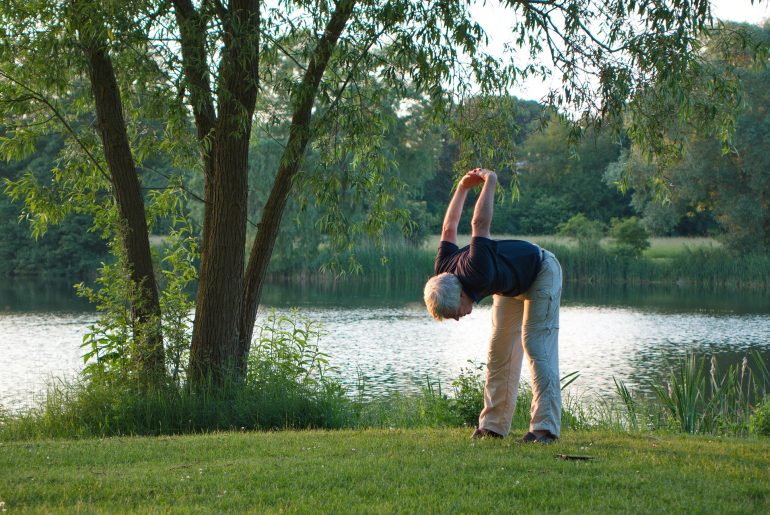



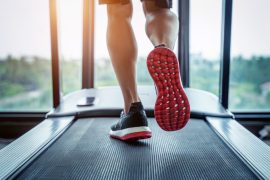
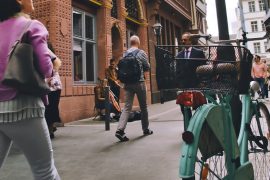
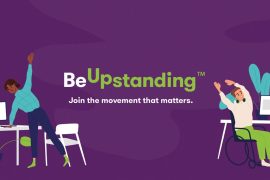
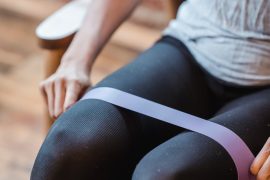

Comments are closed.